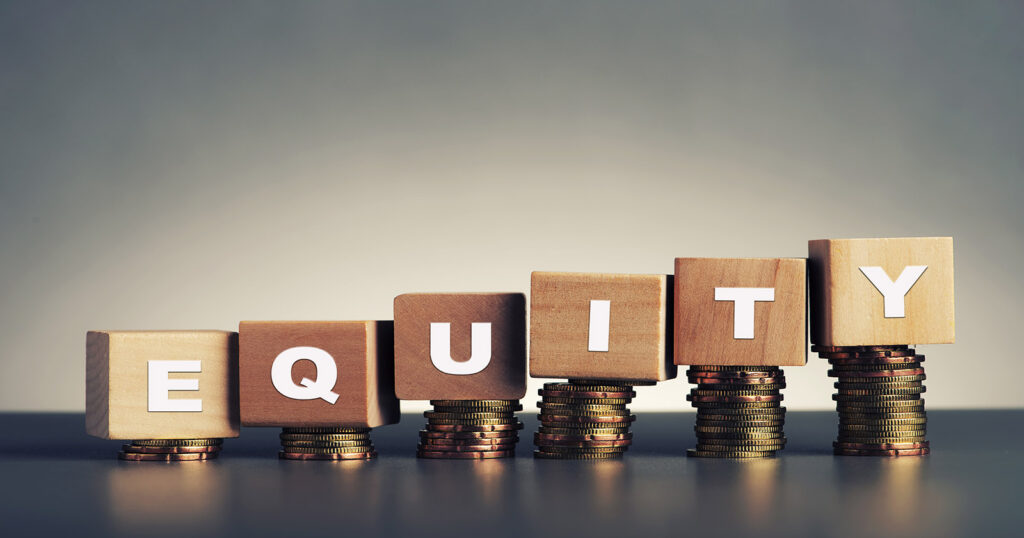Inventory is on tons of companies’ books. Maybe they are selling tee shirts, food or cars. If they are selling a physical product then it is likely that they have inventory. Maybe they are even manufacturing goods and have inventory at multiple steps in the goods-making process.
We will first look at what inventory is and where you can find it in the financial statements before moving on to some more technical topics like accounting for it.

What is Inventory? (Accounting Inventory Definition)
Inventory is products or goods that a business has to sell. Additionally, raw materials are also in inventory.
For an accounting definition, it is one of the simpler ones to remember but that is good. We can spend more brain power on how to account for inventory.
Is Inventory an Asset?
Inventory is an asset that shows up on the balance sheet. You’ll find inventory under current assets near the top of the balance sheet. It is one of the most liquid accounts behind cash, marketable securities and accounts receivable.
Since inventory is an asset, its normal account balance is a debit balance. This can be useful if you are preparing T accounts to visualize your debits and credits.
The Four Main Inventory Methods
As we start to look at accounting for inventory, there are four main methods:
- First in, First Out (“FIFO”)
- Last in, First Out (“LIFO”)
- Weighted Average
- Specific Identification
FIFO means that your goods purchased first will be the first ones sold out of inventory. LIFO is the opposite. The last good in inventory is the first to go out under LIFO.
Weighted average is saying that you use an average cost of all inventory, whereas specific identification tracks the specific unit from the inventory being sold. Think of a luxury car.
Read More:
Accounting: What is Revenue? Definition and Explanation
Breaking Down Inventory ( Raw Materials, Work in Progress & Finished Goods)
Inventory that you’ll see on the balance sheet is the total of raw materials, work in progress and finished goods. We’re going to get into raw materials and work in progress more in cost accounting but for now, it is helpful to know that they all make up inventory.
Two Ways to Account for Inventory [Periodic and Perpetual Inventory Systems]
When you apply one of the 4 main inventory methods, there will still need to be an inventory system in place. The two main systems are periodic and perpetual inventory valuation. Here is how they are different.
Periodic System Accounting
The periodic system of accounting is exactly like how it sounds. Inventory valuation is periodic. This means inventory is valued at the end of every period. It will result in a different value than perpetual.
Perpetual Inventory System Accounting
The perpetual inventory system is a bit different than the periodic system. Instead of accounting for inventory at the end of the period, it is accounted for after every transaction. Think of a live or real-time system. It is perpetually calculated.
Read More:
What is Accrual Based Accounting? (Accrual Basis Explained)
Formula to Calculate Inventory (One You Should Know)

To get to the ending inventory, you can use a formula to calculate it. Start with your beginning, add purchases and subtract your cost of goods sold. This will get you to your balance sheet number. Your cost of goods sold will eventually flow over to our income statement as an expense.
Ending Inventory = Beginning Inventory Balance + Purchases – Cost of Goods Sold
Accounting for Inventory Purchases: How To
If we flip that around, we can use the same formula to get to purchases.
Purchases = Cost of goods sold + Ending Inventory – Beginning Inventory Balance
That will get you to your total purchases number but what if you are just buying inventory and need to increase purchases? The entry would look like this:
To purchase inventory on account
| Date | Account | Debit | Credit |
| July 12 | Inventory | $2,000 | |
| Accounts Payable | $2,000 |
To pay for inventory
| Date | Account | Debit | Credit |
| August 12 | Accounts Payable | $2,000 | |
| Cash | $2,000 |
Recapping Accounting for Inventory
So what have we learned about inventory accounting? Here are the highlights:
- There are 4 main methods to account for inventory. LIFO, FIFO, weighted average and specific identification
- There are two systems to calculate inventory – perpetual and periodic
- Inventory is a current asset and shows up on the balance sheet
- Cost of goods sold is the inventory that is sold and goes to the income statement.
What Type of Account is Inventory? Final Thoughts
Inventory is a current asset that has a normal debit balance. While there are quite a few ways to account for inventory, it doesn’t have to be hard.
Nowadays larger businesses have inventory systems in place and smaller ones can too, thanks to solutions like Quickbooks inventory management. Gone are the days of booking every single inventory transaction.



